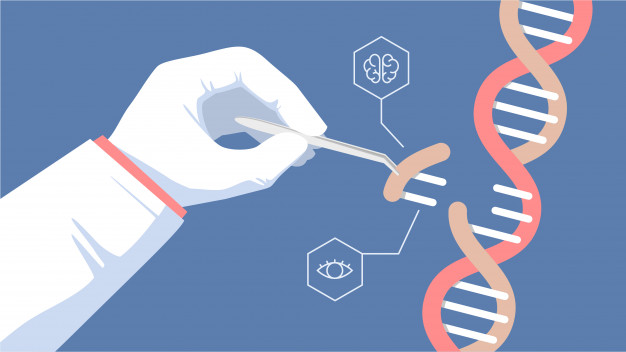
Detailed in the Science Translational Medicine journal this month is the fact that a team of Chinese scientist in Beijing successfully developed a method with CRISPR in which they used to slow down aging in mice. And these findings may one day be used to do the same in humans.
The team began by identifying genes that they suspect to be key drivers in cellular senescence, a pivotal moment in cells hypothesized to be largely responsible for the aging process. To do this, they performed a genome wide CRISPR-based screen of human cells afflicted with Werner syndrome and Hutchinson progeria syndrome, two conditions leading to premature aging, and identified KAT7 (a specific gene) as a driver of cellular senescence.
After identification, the team inactivated the KAT7 gene in mice via knockout, a process in which a gene is made to be inoperative, and studied the effects of the treatment. What they found was a improved appearance in already aged mice, improved muscular strength, and a 25% increase to their lifespan. They also found zero evidence of cellular toxicity.
Roughly 10,000 genes where screened and 100 of these genes were identified to contribute to cellular senescence, but KAT7 was identified to be the gene that contribute in greater effect to cellular senescence than the others. KAT7 is also generally found in mammals which presented the researchers further opportunity to test the effects across species. They further tested the function of KAT7 in human stem cells, mesenchymal progenitor cells, and human liver cells and found no measurable detrimental effects in deactivating the gene.
However, there remains a long way to go before this method can be used to slow down aging in human trials. For starters the function of KAT7 in other human cells must be established before any thought of bring this forth to human testing can be entertained. Then Professor Qu Jing, a co-supervisor for the study, hopes to be able to test the methods on primates next, humans closest genetic relatives, to further gather data. All of this depends on if funding for more preliminary research can be garnered.




More Stories
Cellular Senescence & Aging: a Key to Achieving Biological Immortality
Limb-Girdle Muscular Dystrophy (LGMD) & Treatment?
HIV Cure May Be on The Verge of Discovery